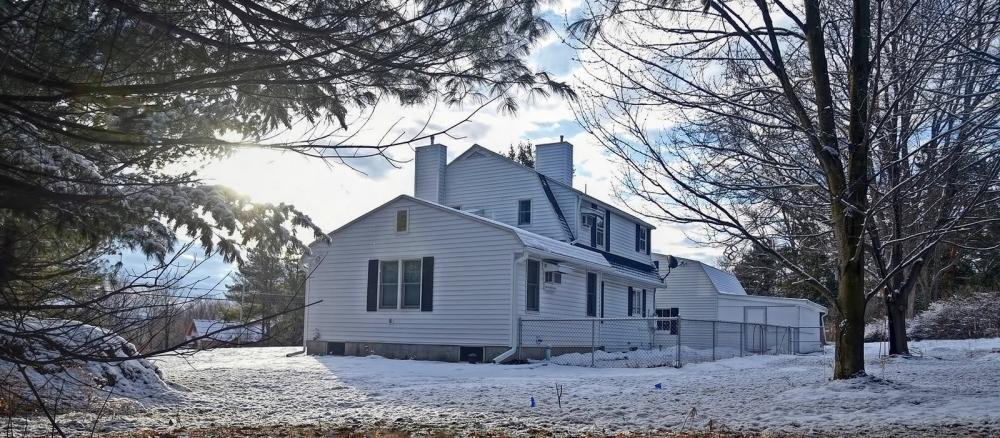As winter approaches, Jack Frost may be nipping at your septic system. Freezing temperatures pose potential problems for septic systems and maintenance becomes especially important this time of year.
The following tips will help keep your septic system warm and happy this winter and prevent the costs and inconveniences that come when elements of a septic system freeze up.
- Place a layer of mulch 8 to 12 inches thick over the pipes, tank, and soil treatment system to provide extra insulation. This can be straw, leaves, hay or other loose material that will stay in place and not become compacted. This is particularly important for new systems that were installed so late in the year that vegetative cover didn't get established. However, if the system is currently frozen, don’t add mulch now; it will delay thawing in the spring.
- Use water — the warmer the better — if you’re worried your system is starting to freeze. Spread out your laundry schedule so you run one warm/hot load a day. Use the dishwasher and take hot baths. Do not leave water running all the time—this will overload the septic system.
- Going away for an extended period? Have someone use warm water in the home regularly or pump out your tank before leaving.
- Fix any leaky plumbing fixtures or appliances in your home. This will help prevent freezing problems and help your system perform better all year.
- Keep all vehicle, animal, and people traffic off the system. This is a rule to follow all year as compacted snow and soils cause frost to go down deeper and faster. Pay special attention to the area between the house and tank.
- Keep an eye on your system. If any seeping or ponding occurs, contact an onsite professional to help determine the cause and remedy.
- Add more insulation to your system. This could include replacing pipe with insulated pipe, adding expanded foam panels over septic tanks, or adding more soil cover.
If your system freezes
If your septic system freezes, call a septic system professional. The MPCA website includes a search tool for finding certified professionals in your area. The pros have devices called steamers and high-pressure jetters for thawing pipes.
Other methods used to fix a freezing problem include adding heat tape and tank heaters. Cameras can be sent down pipes to determine where freezing is occurring. If the soil treatment system is full of ice, or there is evidence of leaking, skip trying to thaw the lines leading to the treatment area as it cannot accept liquid until the area thaws in spring.
If it’s not feasible to correct a problem, the only option is using the septic tank as a holding tank until the system thaws naturally. Contact a pumper to empty the tank when it starts to fill up. In this situation, reduce water use by limiting the number of toilet flushes, taking short showers, and using the dishwasher at full capacity.
There are some things you should never do to try to fix a frozen system: Do not add antifreeze, salt, or a septic system additive into the system. Do not pump sewage onto the ground surface. Do not start a fire over the system to attempt to thaw it out. Do not run water continually to try to unfreeze system. This can overload the system.
Learn more: Keep your septic system healthy
